Writing application programming interface (API) documentation is a crucial aspect of software development.
It helps developers understand how a particular API works, how to use it, and integrate it into their work.
Therefore, it’s vital that API documentation is high-quality and thorough.
In this article, we’ll explore the importance of writing such API documentation, what benefits it can bring to developers’ work, and how it can complement the API itself.
Let’s start!
Easily Onboarding New API Users
API onboarding is all about how efficiently and easily developers can grasp the basics of your API.
Detailed API documentation is a great resource for providing users with the knowledge necessary for a successful start.
Simply put, documentation is crucial for onboarding.
As Keshav Vasudevan, an experienced SaaS-based product and marketing leader, points out, developers need a way to learn about your API.

Illustration: Archbee.com / Data: DZone
In other words, if you don’t provide your API users with a simple and effective onboarding experience, they will look for a solution that offers it.
That’s because API users aren’t that different from users of other products.
They might be more technically savvy, but they still want a way to engage with your product and start working with it quickly.
According to Userpilot, 74% of customers will abandon the product if the onboarding process is overly complicated.
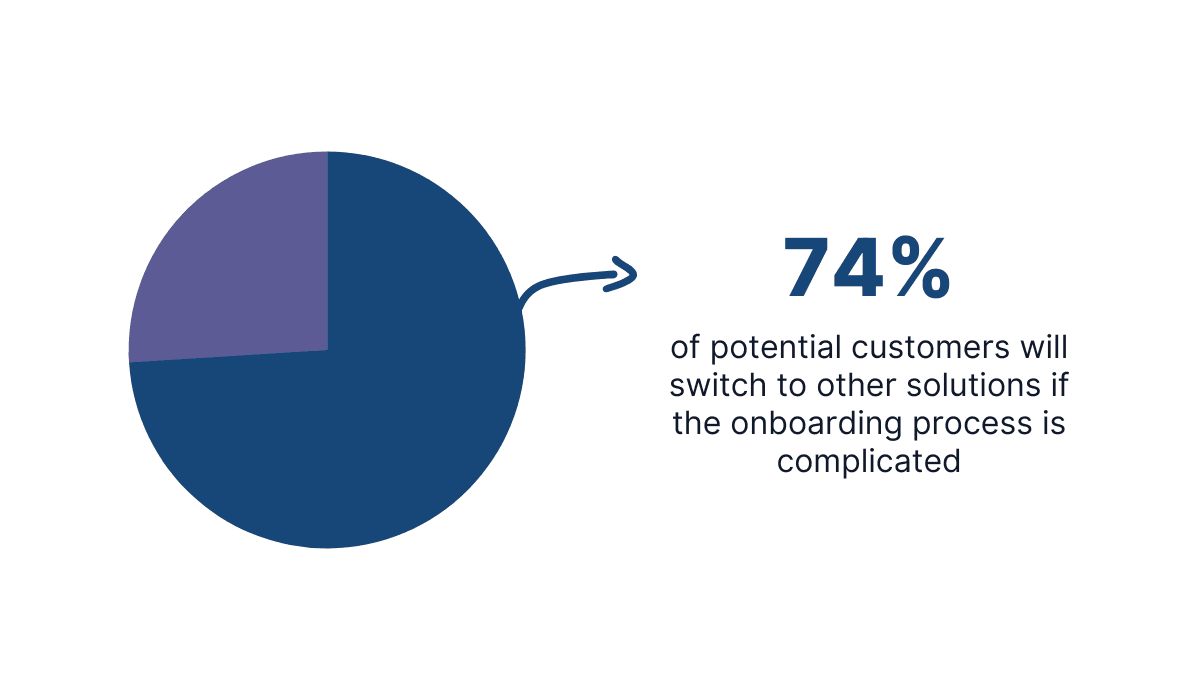
Illustration: Archbee.com/ Data: Userpilot
Therefore, everything points to the importance of easy onboarding for API success.
Documentation is certainly one of the most important factors in creating such an onboarding experience.
Let’s have a look at how ArcGIS Online, a web-based mapping software, onboards new API users.
They provide a guide for getting started, which has only four steps.
The first two are signing in and getting an access token.
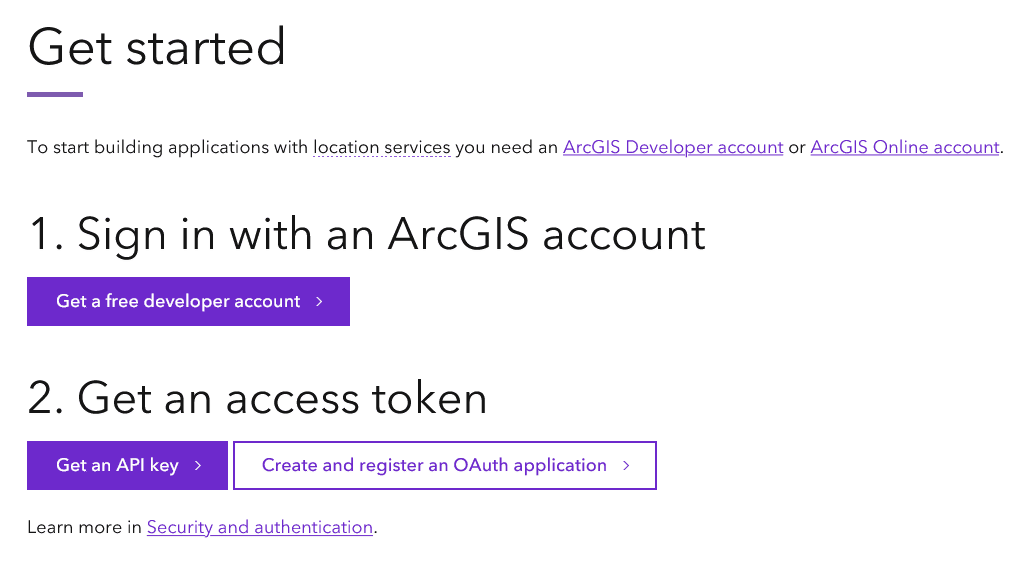
Source: ArcGIS
Notice how simple they made it—users only need to follow the links to get a developer account and an API key.
There are no elaborate explanations or overwhelming users with information. The goal is to get them started as soon as possible, and the documentation is created with that goal in mind.
That continues in the rest of the onboarding guide, where developers are encouraged to explore APIs and location services.
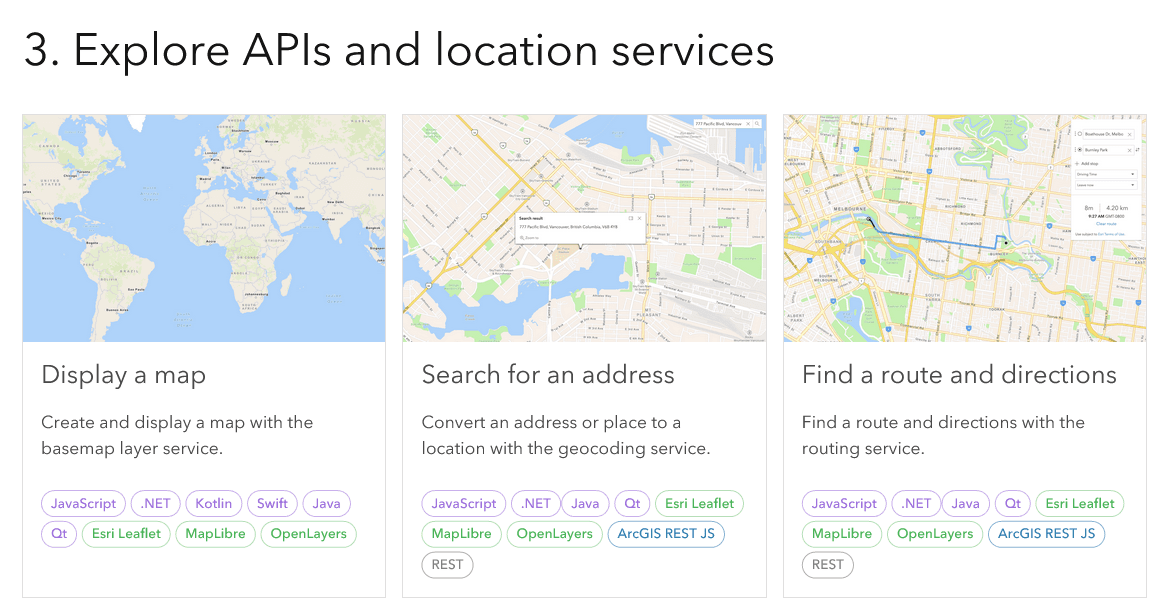
Source: ArcGIS
As you can see, there are three categories that developers can look into more closely, depending on what interests them.
That way, they can focus only on the APIs they require and get started quickly.
API documentation like that can show the developers that starting with your APIs isn’t challenging and tedious. And once you get them started, the path to adoption begins.
Increasing the Likelihood of API Adoption
If developers start using your API with the help of your documentation, that’s great news for you and your company. However, that’s only the beginning of what you want to achieve.
The goal isn’t only to onboard developers successfully and then forget about them.
You should aim to support them after that phase because that’s how they’ll become regular users of your APIs.
That’s what API adoption is—when users enjoy your API, get value from it, and integrate it into their work process.
However, that’s not easy to achieve. Jason Harmon, an API design specialist, argues that adoption is the trickiest part of the API lifecycle.
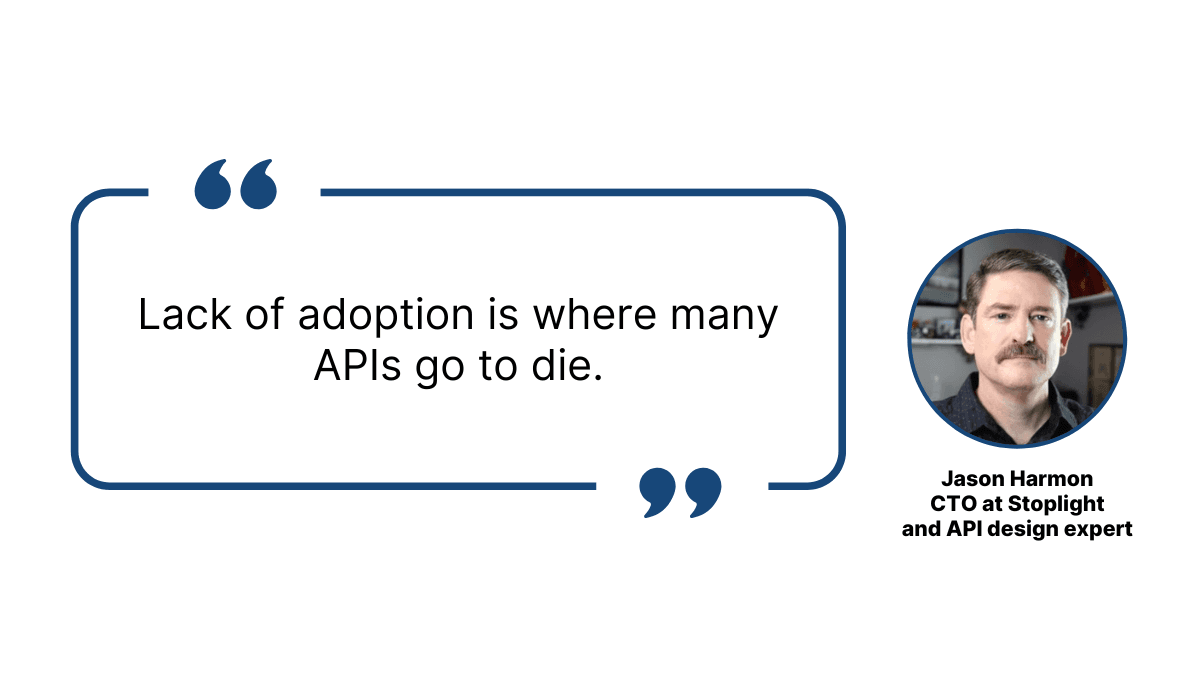
Illustration: Archbee.com / Data: Stoplight
Simply put, many APIs don’t make it from the onboarding phase to being fully adopted by developers.
Part of the reason why that happens is subpar API documentation.
If documentation doesn’t educate users enough on the value of an API and convey its full potential to them, they will most likely never realize it.
And after some time, they’ll move on to other solutions.
Thorough documentation can help APIs overcome the phase that Keith Casey, developer and API professional, calls “The Dangerous Delay”—the time between the moment when the developer finds your API and when they start to integrate it.
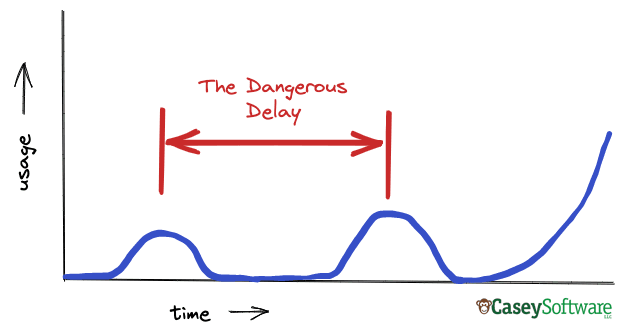
Source: CaseySoftware
If you create a comprehensive information resource about your API, developers will likely adopt it.
Why? Because you’ll provide them with enough knowledge about your API, examples of its use, code snippets, etc. In short, everything they need to use it to the fullest.
And if you want to maximize the chances of developers adopting your API, let them try it out inside your documentation.
For example, Dwolla, a payment solutions company, implemented a sandbox in their documentation.
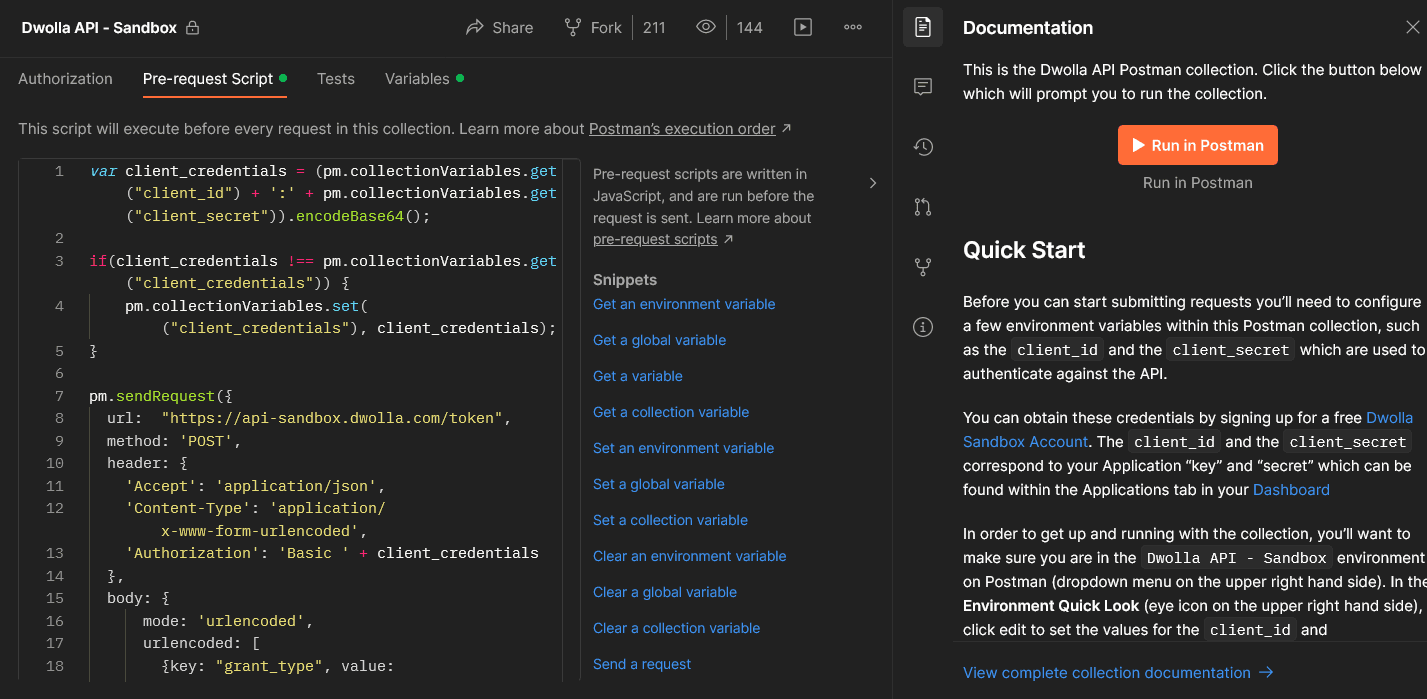
Source: Dwolla
You can see it on the left-hand side. It’s a collection of code examples that developers can play around with.
At the same time, on the right-hand side of the screen, they can read the documentation about the API.
Read recommendation: How to Read and Understand API Documentation
It’s an excellent combination that facilitates faster learning and showcases API’s functionality.
And if you want to increase the chances of API adoption, you should use your documentation to show users every detail of it.
Providing Users With On-Demand Support
Using a complex product like an API can be challenging.
Even if you provide an excellent onboarding experience and guidance, users will likely encounter some kind of issue sooner or later.
Regardless of whether they face a bug in the system, can’t find a particular feature, or face an entirely different issue, they’ll need support to get through it.
And rest assured, they’ll want it immediately. Being on hold with a support agent or waiting for an answer to an email inquiry isn’t good enough for most customers.
A Forrester study, where 73% of customers said that valuing their time is the most important thing a company can do to provide them with good online service, confirms that.
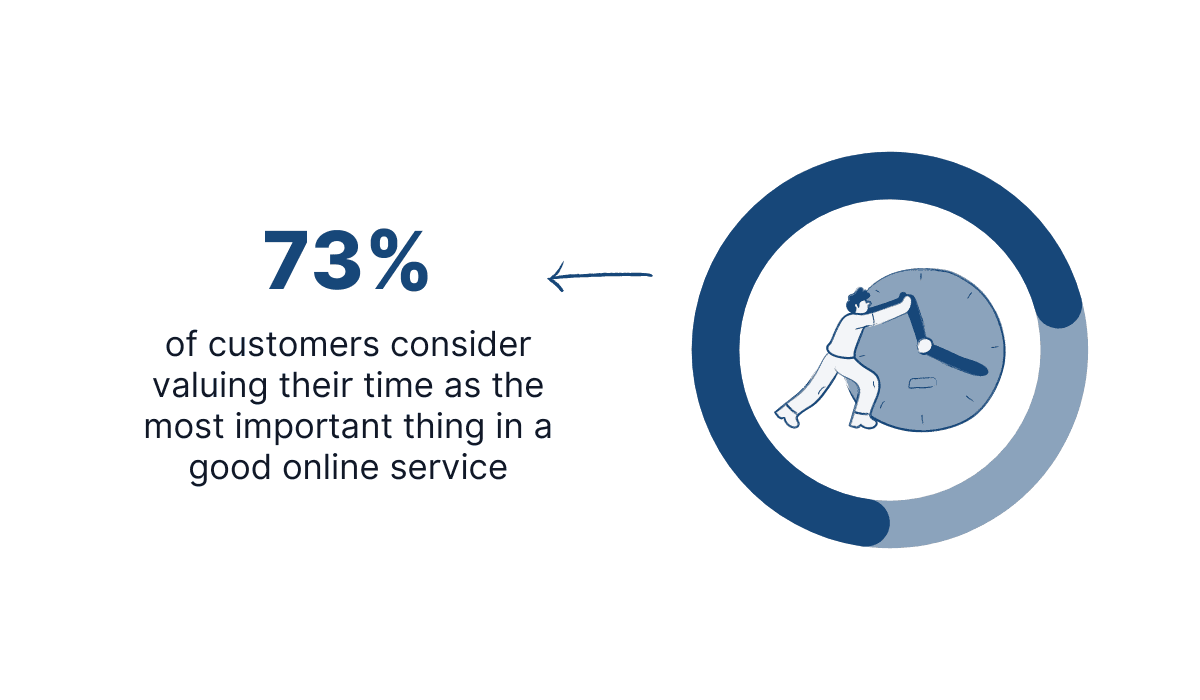
Illustration: Archbee.com / Data: Forrester
Luckily, detailed API documentation is a convenient and quick way to provide customer support.
It’s available at any time of day and night, so developers can find answers whenever they need them.
For that purpose, it’s especially helpful to have articles dedicated to specific problems.
For example, Amazon Web Services have a troubleshooting page for issues with HTTP APIs.
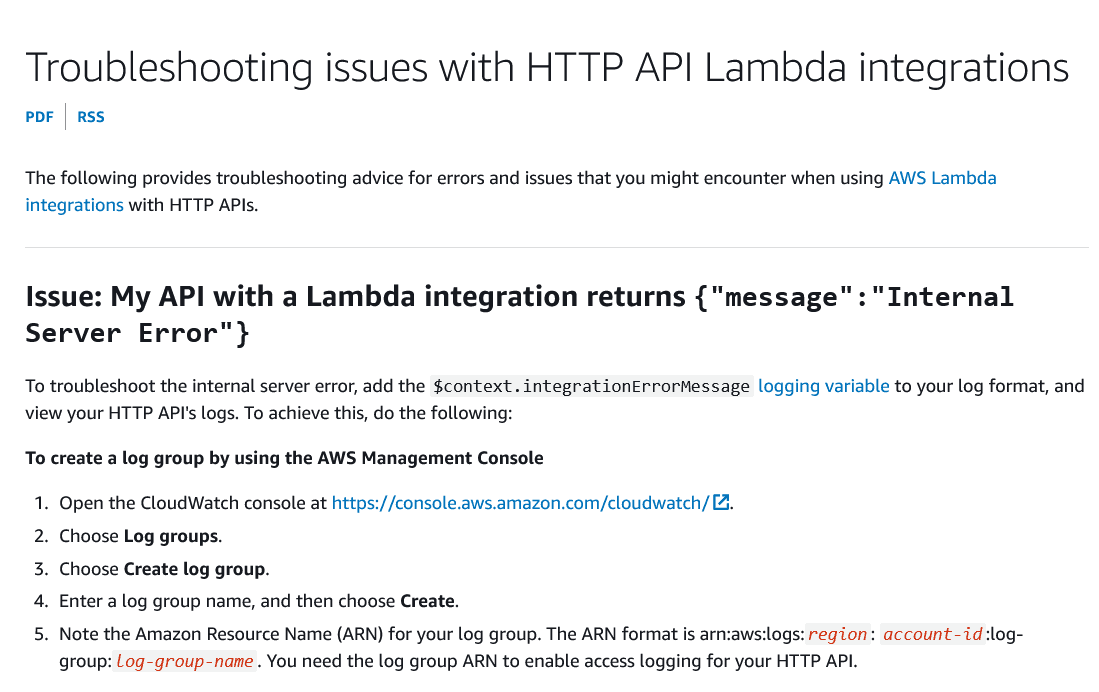
Source: AWS
With resources like the troubleshooting pages, FAQs, and error descriptions, you can answer many questions and resolve a myriad of problems developers might face using your APIs.
As an added benefit, you’ll take some of the load off your customer support team.
If there’s no support documentation, users will depend on customer support to answer every single one of their questions.
Here's an example of 5 questions technical writers face with API documentation.
However, if you have a list of possible errors, their codes, and descriptions, as Kinvey has, developers can look up the error themselves and save both their time and customer service representatives’ time.
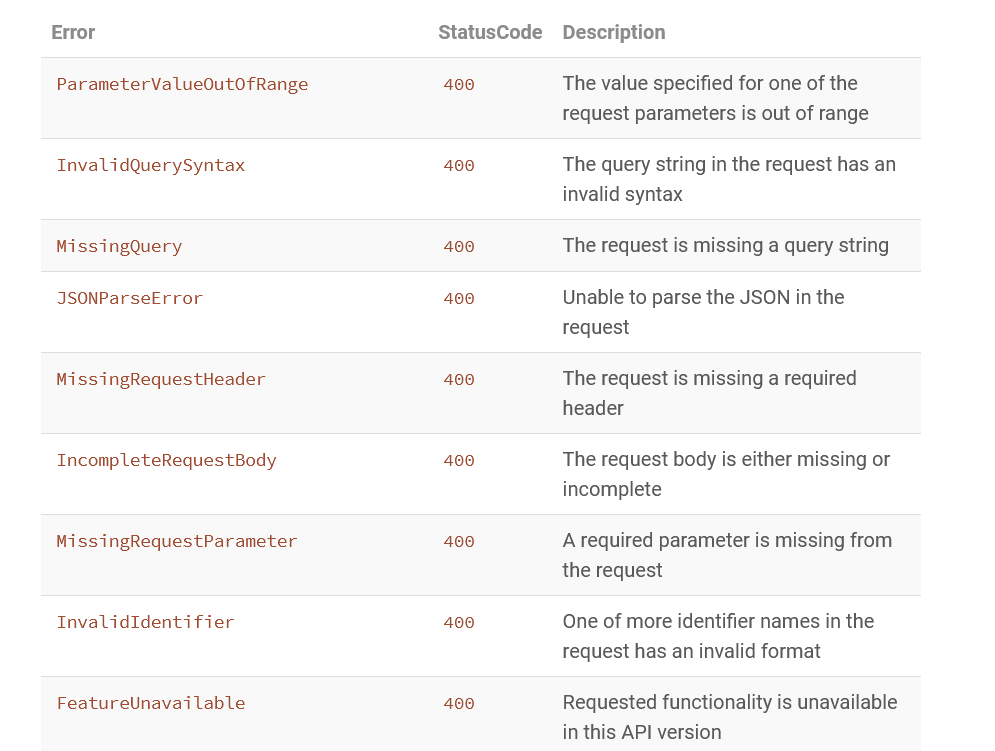
Source: Kinvey
To provide users with such detailed documentation they can use for support, you need a great documentation tool.
It’s best if you use one that allows you to create, edit, and publish documents, as well as collaborate with your team, while also offering features specifically designed for creating API documentation.
Archbee has all that and more. For instance, you can use a widget to show your customers how your API looks and to communicate an API specification.

Source: docs.archbee
However you design it, your API support documentation will significantly help developers.
Even if they encounter an issue they need help with, the interruption to their workflow will be minimal—only the time they need to look up a solution in your resources.
Improving the API Developer Experience
Before you dig deeper, here's another read recommendation: API Documentation: Improving the API Developer Experience
As with any other product, when someone designs an API, they want the users to have a great experience with it.
API creators want developers to find their API useful, integrate it quickly and easily, complete tasks, and get value from it.
In short, anyone who produces an API wants to provide a positive API developer experience.
That’s the term many experts put under the umbrella of a broader developer experience (DX), and it describes everything a developer experiences while using an API.
And the quality of API documentation can play a significant part in shaping that experience.
Ryan Pinkham, Senior Vice President of Revenue at Privy, explains this well.
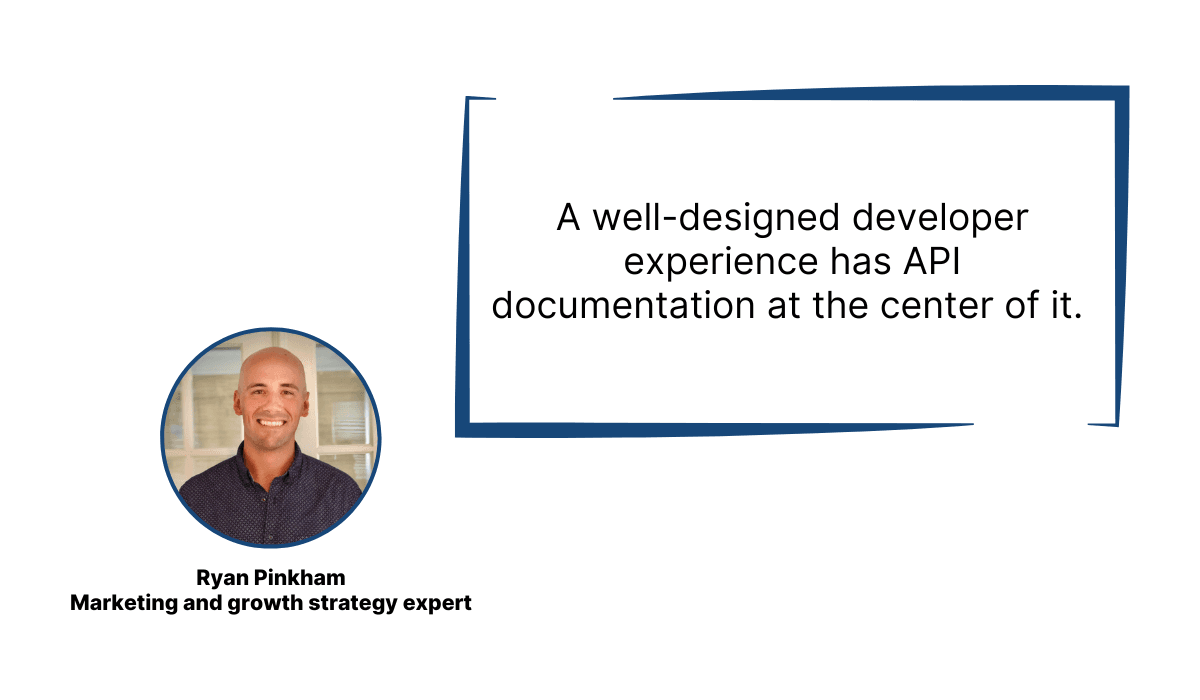
Illustration: Archbee.com / Data: Swagger
But why is documentation so important for API developer experience?
Well, as we’ve mentioned before, thorough API documentation is the ultimate source of information about an API.
High-quality documentation that is up-to-date, offers use examples and best practices, and is easy to navigate, provides developers with an enjoyable experience.
Read recommendation: The Best API Documentation Examples: 11 Companies that Nailed It
And if developers enjoy using your API documentation, they will likely recommend it to their peers, as this Reddit user below did.

Source: Reddit
That can potentially draw in more users to your API because a recommendation for the API documentation serves as free marketing for the product itself.
As you probably know, developers don’t mind using new technologies, but they do mind spending a lot of time figuring them out.
After all, time is precious in the fast-paced world of software development.
That’s why top-notch product documentation can attract developers to a particular API.
They know there is a comprehensive resource to use for any need they might have, from onboarding to troubleshooting.
In other words, if there’s thorough API documentation available, developers know they’ll have an excellent experience using that API.
Conclusion
To sum up, thorough API documentation is essential for software developers.
APIs are an integral part of their work, and a detailed resource that helps them to understand how to use the full potential of APIs can be immensely valuable.
We hope that with the knowledge you gained from this article, you’ll produce top-notch API documentation and realize the importance of writing through API documentation.
After all, APIs play a vital role in the functionality of modern applications. Providing comprehensive documentation ensures that APIs fulfill that role.
FAQ
Frequently Asked Questions
Clear API documentation is the blueprint developers rely on to understand what an API does, how to authenticate, which endpoints to call, and how to handle responses and errors. It shortens time-to-first-call, reduces integration mistakes, and cuts support tickets by answering common questions up front. Great docs also standardize how teams work with the API, support governance and versioning, and guide developers from evaluation to production. In practice, strong documentation includes concepts, quick starts, endpoint references, request/response examples, SDK guidance, rate limits, error codes, and change logs—everything needed to use the API confidently and correctly.



